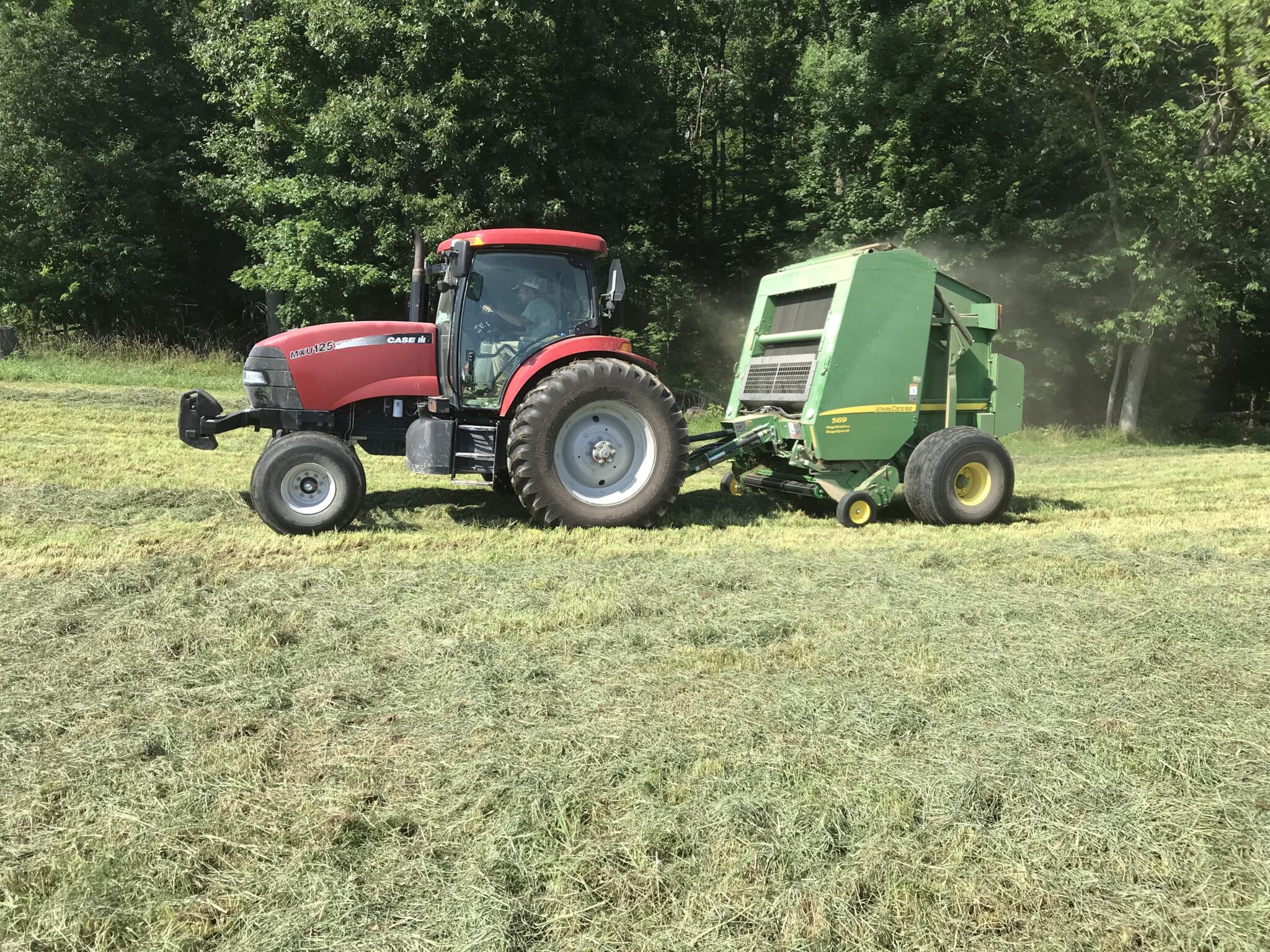Managing forages for hay production requires much skill. Excellent hay producers understand that yield, quality and persistence are key for a perennial forage production system to be successful.
The following table includes several statements that are essential for a successful hay business. Take time to self evaluate how good a job you have been doing with each statement given. Rankings “Strongly Disagree” or “Disagree” require some attention to have a topnotch hay production system. As you make plans for the 2022 hay harvest, make improvements where the ranking hasn’t made a “Strongly Agree” or “Agree” ranking.
If you have not developed a team of resource people that can help you with your questions about forage management, a good starting point is to contact your county’s Purdue Extension Agriculture and Natural Resources Educator and Natural Resources Conservation Service personnel. These individuals have a network within their own organizations and know local-regional agribusinesses and producers that will be able to help you with your questions.
Developing excellent hay management skills require much effort, but improving your knowledge and using it will improve profitability.
Hay Management Considerations – What are you doing right; what can be done better?
| Statement | Strongly Disagree | Disagree | Undecided | Agree | Strongly Agree |
|---|---|---|---|---|---|
| I soil test at least every third year and apply lime and fertilize based on the test results. | |||||
| I can produce hay profitably “on paper” with reasonable assumptions about yield, quality and input costs. | |||||
| I scout my fields for the presence of weeds, insects and diseases. | |||||
| I know the proper moisture levels to ted, rake and bale hay to retain top quality. | |||||
| I utilize available technologies to reduce the amount of rain-damaged hay. | |||||
| I really try to harvest first cutting hay before the grass begins pollination. | |||||
| I protect high quality hay from weather damage. | |||||
| I have a marketing plan to sell hay. | |||||
| I harvest perennial forages for the last time six weeks before a killing freeze occurs. | |||||
| I use forage testing to determine what hay should be fed to different livestock types and how it is best supplemented. |



